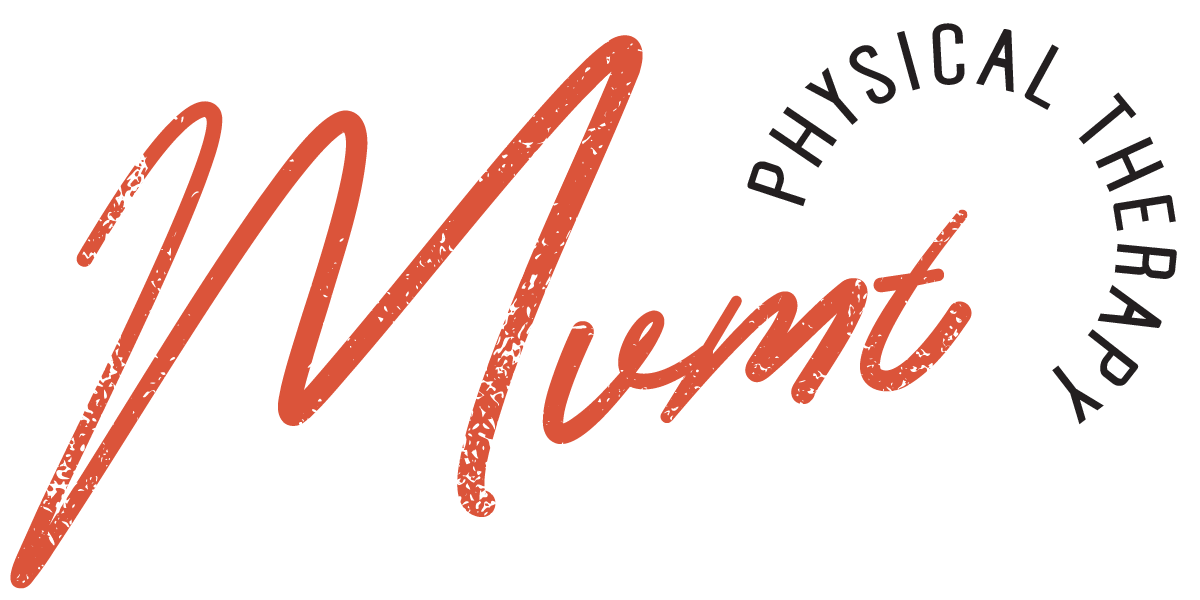Author - Anastasia Belikov, PT, Cert. MDT
Graduated with her DPT in 2017
https://www.linkedin.com/in/anastasia-belikov-pt24/
URL Copied!
What is the McKenzie Method
IN THE KNOW
Wednesday, May 11, 2022
The origin of the McKenzie method came from a patient of Robin McKenzie’s in 1956 who was lying on a table the “wrong way.” He had lower back pain that radiated down to just above the knee, and had no large changes after 3 weeks of conventional care at the time. He had laid face down on a treatment table of which the head had been raised for someone else. This bent his back backwards and stayed there for about 5 minutes prior to the clinician finding him. The patient noted that after staying in this extended position, he felt the best he had felt over the prior 3 weeks. And thus, the McKenzie Method of Mechanical Diagnosis and Therapy (MDT) was created.
In MDT, the belief is that most low back pain is “mechanical” in origin, where abnormal forces or mechanics are occurring in the tissues. If a mechanical force caused the problem, then it is a logical conclusion that a mechanical force may be part of the solution. The MDT system is designed to identify the mechanical problem, develop a plan to correct or improve the mechanics, and thereby, decrease or eliminate the pain and functional problems. In the simplest and most common instance, this may mean that moving in one direction may provoke and worsen the pain, while moving in the opposite direction may eliminate the pain and restore function.
Using the MDT assessment to understand these directions of preference, the clinician determines which movement and posture become the treatment and the necessary exercise dosage. To correctly follow this system, the patient (that’s you!) must take an active role in participating and communicating with the clinician. Management of your pain becomes your responsibility.
Care for Your Specific Needs
Physical therapists design treatment plans specific to each person's needs, challenges, and goals. They work together with you to develop strategies and help you achieve your goals. Physical therapists and PTAs care for people of all ages and abilities.
Manage Pain and Avoid Opioids
While doctor-prescribed opioids are suitable for some cases, they only mask pain. Physical therapists help people manage pain without the risks of opioid use. Opioid risks include depression, substance use disorder, overdose, and withdrawal symptoms when stopping use. To manage long-term pain, the CDC recommends safer options like physical therapy.
Avoid Surgery
Physical therapists help people manage pain and improve movement problems. Some pain and movement problems can become chronic and lead to surgery.
Physical therapy helps to reduce the symptoms of many chronic diseases and conditions. It also can keep many problems from getting worse. Physical therapists can help you avoid the need for, and the costs and risks of, surgery.
Research shows that physical therapy is as effective as surgery for some conditions, including:
Before you have surgery, try physical therapy. In some cases, surgery cannot be avoided. Physical therapy helps people prepare for and recover after surgery.



